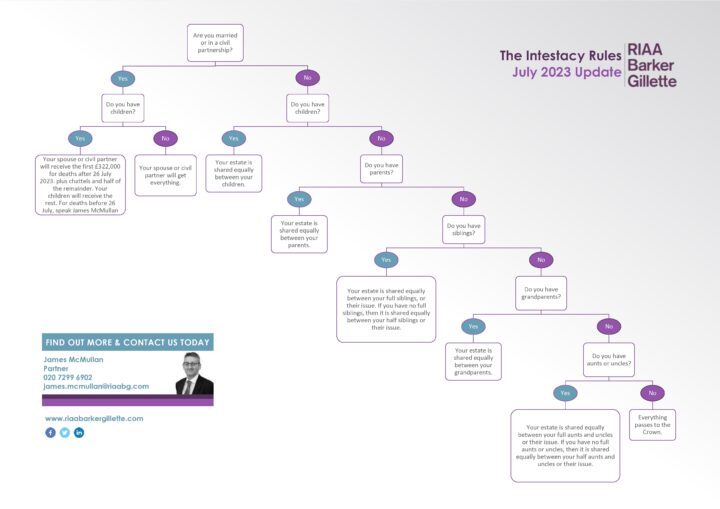Directors must understand the implications of AI

As businesses increasingly turn to AI-driven solutions, the dynamics of decision-making, risk management and strategic planning have undergone a profound evolution. Directors must navigate the demanding interplay between technology and corporate governance to steer their companies towards a successful and ethically sound future in the AI-influenced corporate world.
Understanding AI impact
Strategic decision-making
Directors need to grasp how artificial intelligence affects the company’s strategic decisions. This includes understanding how it can optimise processes, enhance product development and improve customer experiences. Without this knowledge, they might miss out on innovative opportunities it can provide.
Ethical considerations
AI applications often involve complex ethical considerations, including issues related to bias in algorithms, data privacy and the impact of AI on society. Awareness of these ethical concerns is essential to ensure the company’s AI initiatives align with ethical standards and public expectations.
Risk assessment
AI implementation introduces its own set of risks, such as cybersecurity threats and legal challenges. Directors must be well-versed in these risks to make informed decisions about its adoption, develop risk mitigation strategies, and ensure the company operates within legal boundaries.
Compliance and regulation
The legal landscape surrounding AI is continually evolving. Directors need to understand the regulatory requirements related to AI applications in the jurisdictions where the company operates. Compliance with these regulations is a legal obligation and a crucial aspect of maintaining the company’s reputation and customer trust.
Financial implications
AI implementation involves significant financial investments. Directors must understand the financial implications, including the costs of implementing AI solutions, potential return on investment, and long-term financial sustainability. This understanding is essential for budgeting, financial planning, and resource allocation.
Stakeholder expectations
Shareholders, customers, employees, and other stakeholders may have varying expectations and concerns regarding AI. Directors must be aware of these expectations to address concerns transparently and align initiatives with stakeholder interests.
Overseeing Implementation and Use
In terms of oversight and use, the scrutiny applied to AI should mirror the rigorous approach directors take towards other critical aspects of the business, such as management, compliance, risk, and disclosure:
Transparency and accountability
Directors must ensure transparency in AI-related decision-making processes. Transparency fosters accountability, which is essential for building trust among stakeholders.
Regular assessment
AI initiatives should be regularly assessed and evaluated, just like other aspects of the business. Directors should demand comprehensive reports on performance, risks and compliance to make data-driven decisions and adjust strategies as needed.
Continuous learning
The field of artificial intelligence is rapidly evolving. Directors must continuously learn to stay abreast of the latest advancements, emerging trends and best practices. This knowledge equips them to make informed decisions and guide the company toward sustainable adoption.
By ensuring that their understanding of AI’s impact is comprehensive and their oversight approach is thorough, directors can effectively navigate the challenges and harness the opportunities and plethora of ever-increasing benefits presented by artificial intelligence.
Contact corporate partner Victoria Holland today.
Note: This article is not legal advice; it provides information of general interest about current legal issues.








